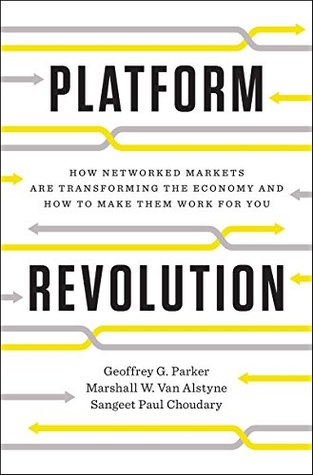A successful platform creates efficiencies by matching the right users with one another and ensuring that the most relevant goods and services are exchanged. It accomplishes this by using data about producers, consumers, the value units created, and the goods and services to be exchanged. The more data the platform has to work with—and the better designed the algorithms used to collect, organize, sort, parse, and interpret the data—the more accurate the filters, the more relevant and useful the information exchanged, and the more rewarding the ultimate match between producer and consumer.
Welcome back. Just a moment while we sign you in to your Goodreads account.


